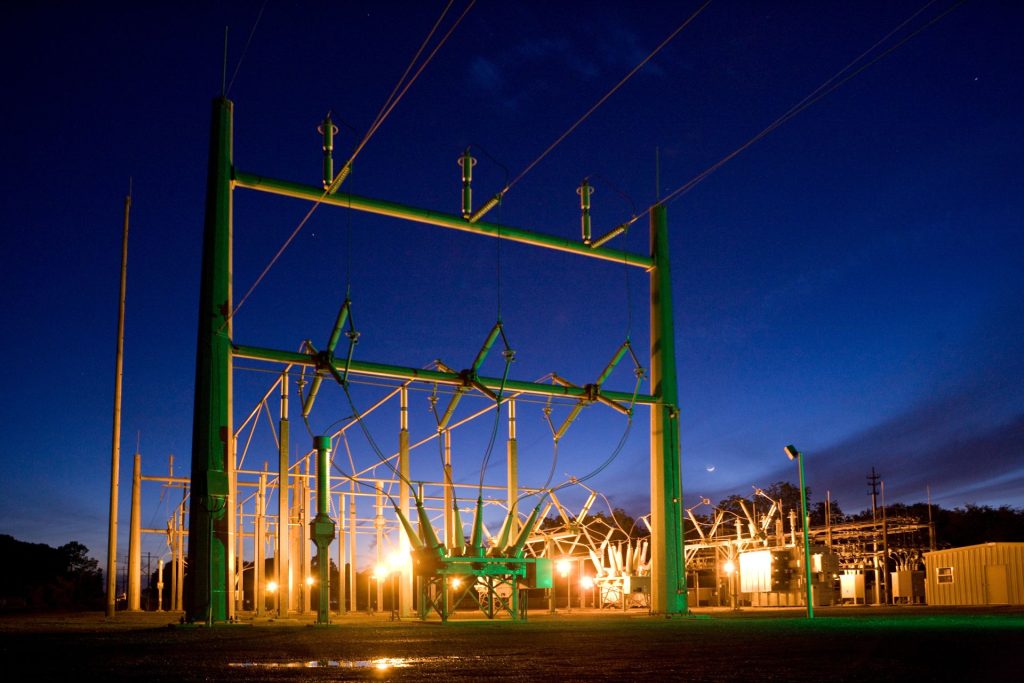
Using Your Utility Bills to Identify Opportunities to Save Energy and Money
February 4, 2019
By Alexis Durocher. Alexis is a Marketing and Outreach Representative with Energy Sciences. The firm helps clients meet energy challenges with practical solutions that reduce waste and increase net operating income.
Every month you are going to get a utility bill. What are you going to do with it? Are you going to just pay it and continue with your day, or are you going to take a serious look at it and see where you can reduce your energy waste? When your building is not operating as efficiently as possible, it is wasting energy. Looking at your monthly bill will help ensure it is correct before you pay it and can also help you reduce your energy waste. In addition to your monthly bill, it is also beneficial to compare your current bill to the bill for the same month in the previous year to see if there are any major differences. Comparing these bills will help you identify changes in your building’s energy usage that may have happened over the past year. The amount of energy used each year will depend on a few variables, particularly outside air temperature, amount of incident daylight, building occupancy, and the quality and efficiency of equipment. Variation based on these parameters is to be expected, but if you notice a gradual month-to-month increase in energy usage, that could indicate that something is not working properly. It could mean equipment is not running as efficiently as possible, or it could be running unnecessarily. In either case, it would be wasting energy and a quick review of your utility could help you identify that energy waste.
The layout of your utility bill will vary depending on what utility company you use, but often you will find graphs that represent month-to-month usage on the bill. By looking at these graphs you can easily see how your energy usage fluctuates throughout the year and in some cases year over year. This is helpful because you can easily compare the two years with out having to save the previous year’s bills. Understanding how to read and interpret such graphs will make managing your energy use and reducing energy waste much easier.

Figure 1. Example of year-over-year (a) electric use and (b) gas use.
Let’s say, for example, that your year-over year usage is shown in Figure 1. Figure 1a shows that from July through September electricity use is higher than in other months. This is typical and indicates the summer use of the cooling system. If the electricity use in November or December were also relatively high, that would suggest that something was wasting energy and be cause for you to investigate.
Looking at the graph in Figure 1b, gas use from June through October was relatively low, which is typical of buildings that use gas year-round for water heating and only during the winter for space heating. If, for example, any gas readings in June through October were as high as January the reading, you might consider checking to see if something is wrong with the water heater or if the space heating system is operating unnecessarily.
Regularly analyzing your utility bill can help you know whether your building is running properly. It can help you identify if and when it is using energy unnecessarily; and it can give you clues of where to look for energy problems. By identifying issues early, you can reduce the amount of energy and money that might otherwise be wasted. Spending just a few minutes with your bill each month can be rewarding, not just in terms of energy waste reduction, but also in “dollars and sense” as well. So, when you open your next utility bill, don’t just pay it; look it over first and see what opportunities you can find to save both energy and money.





